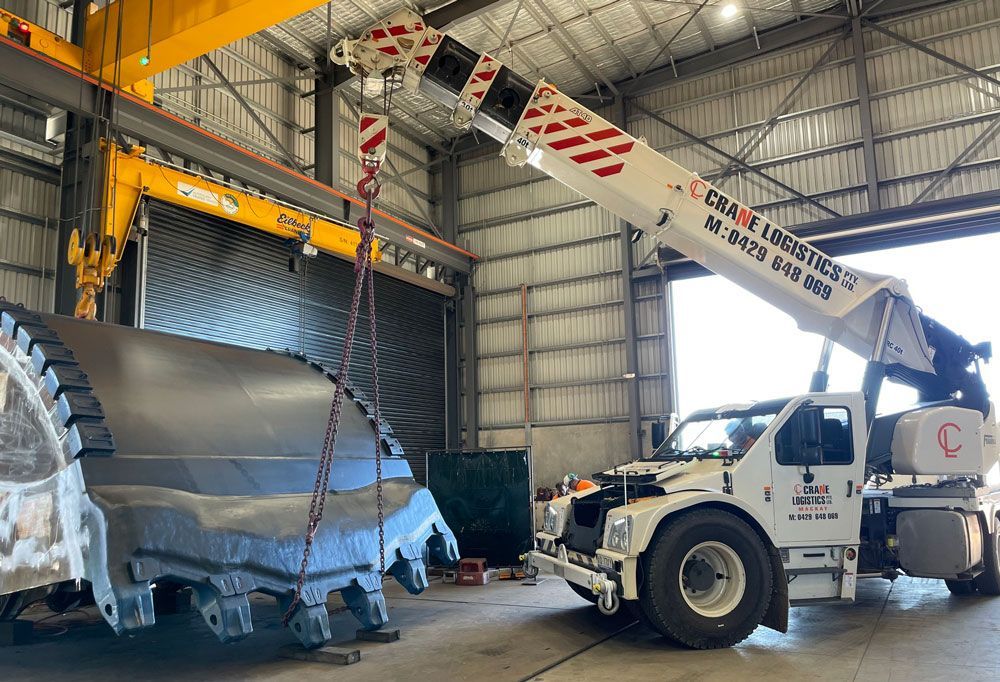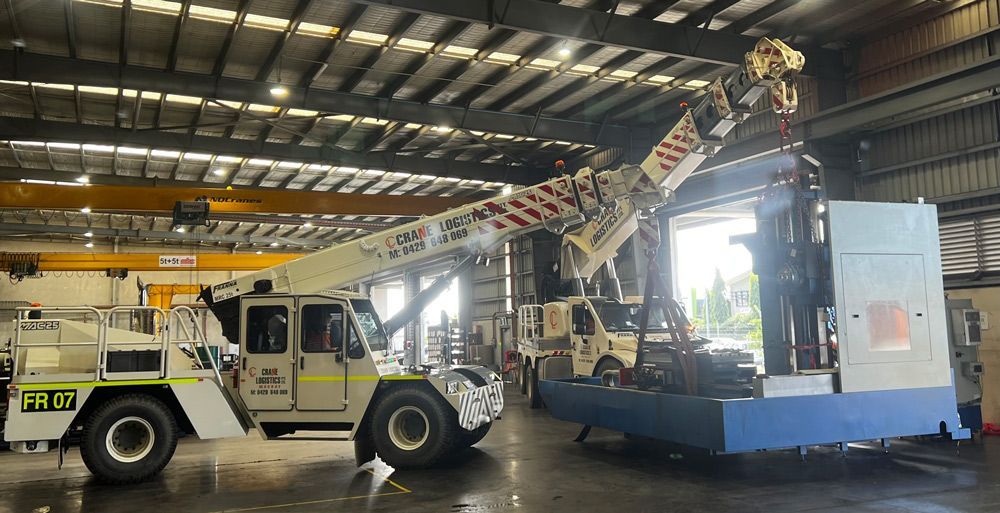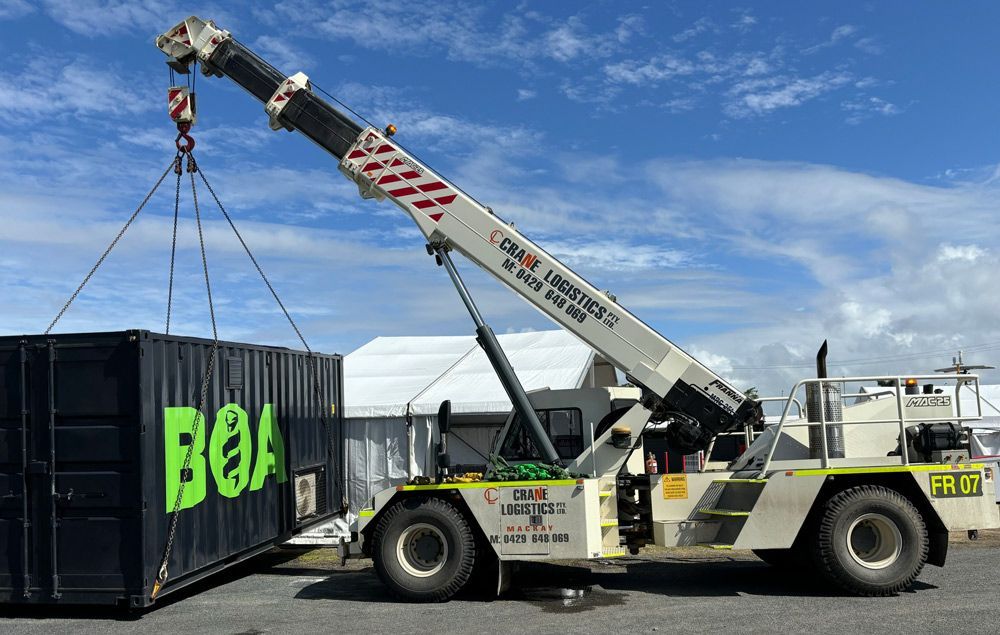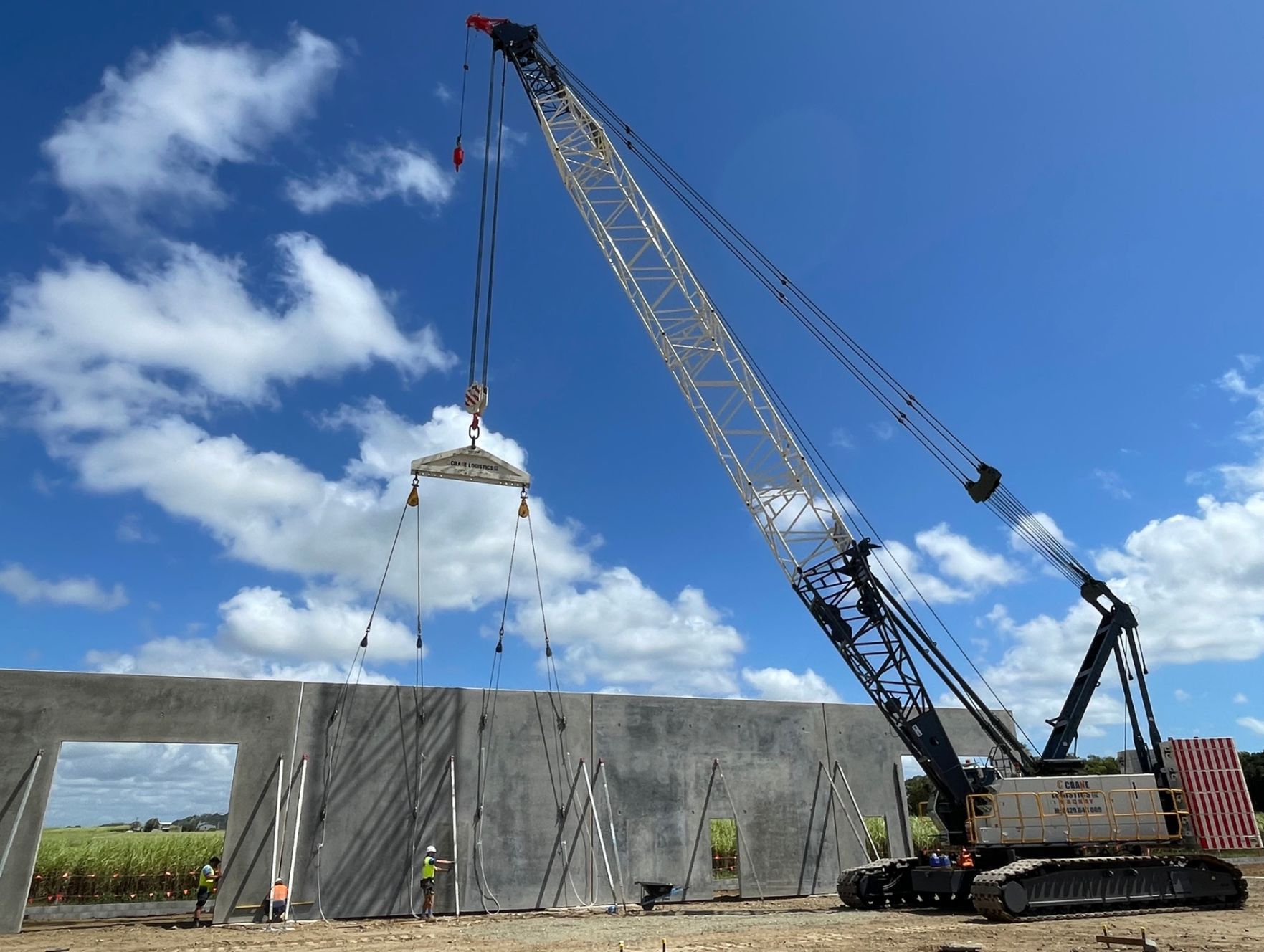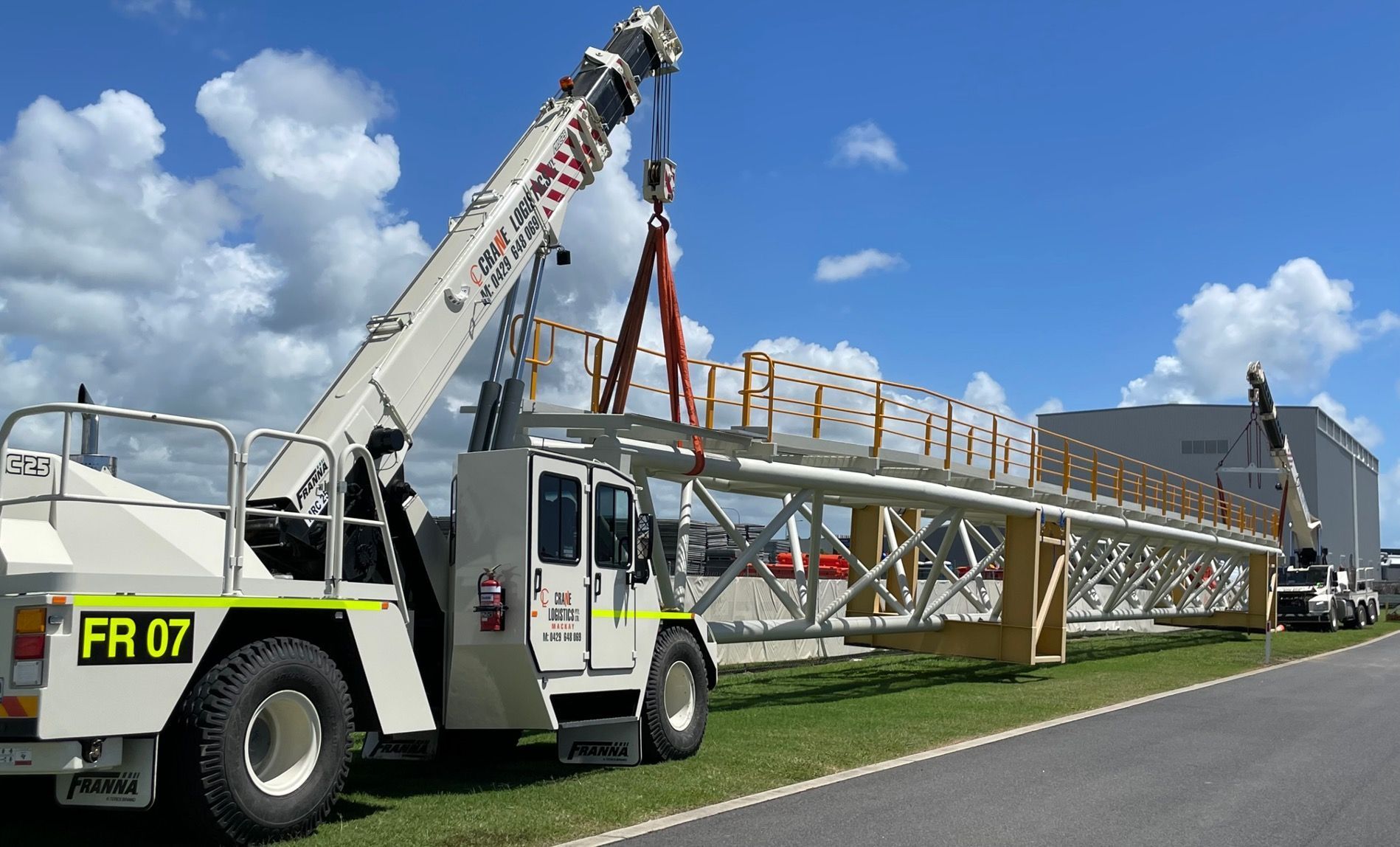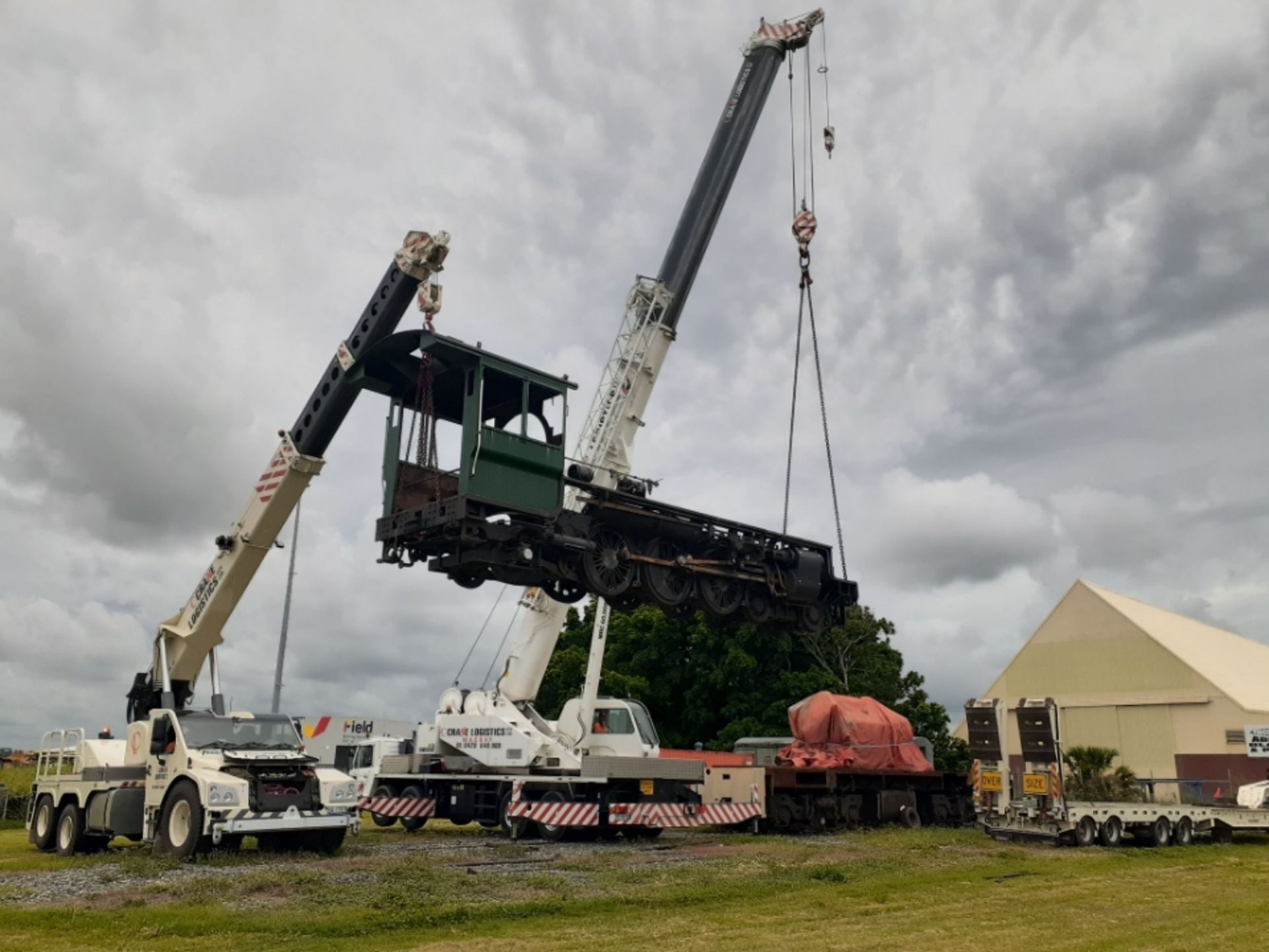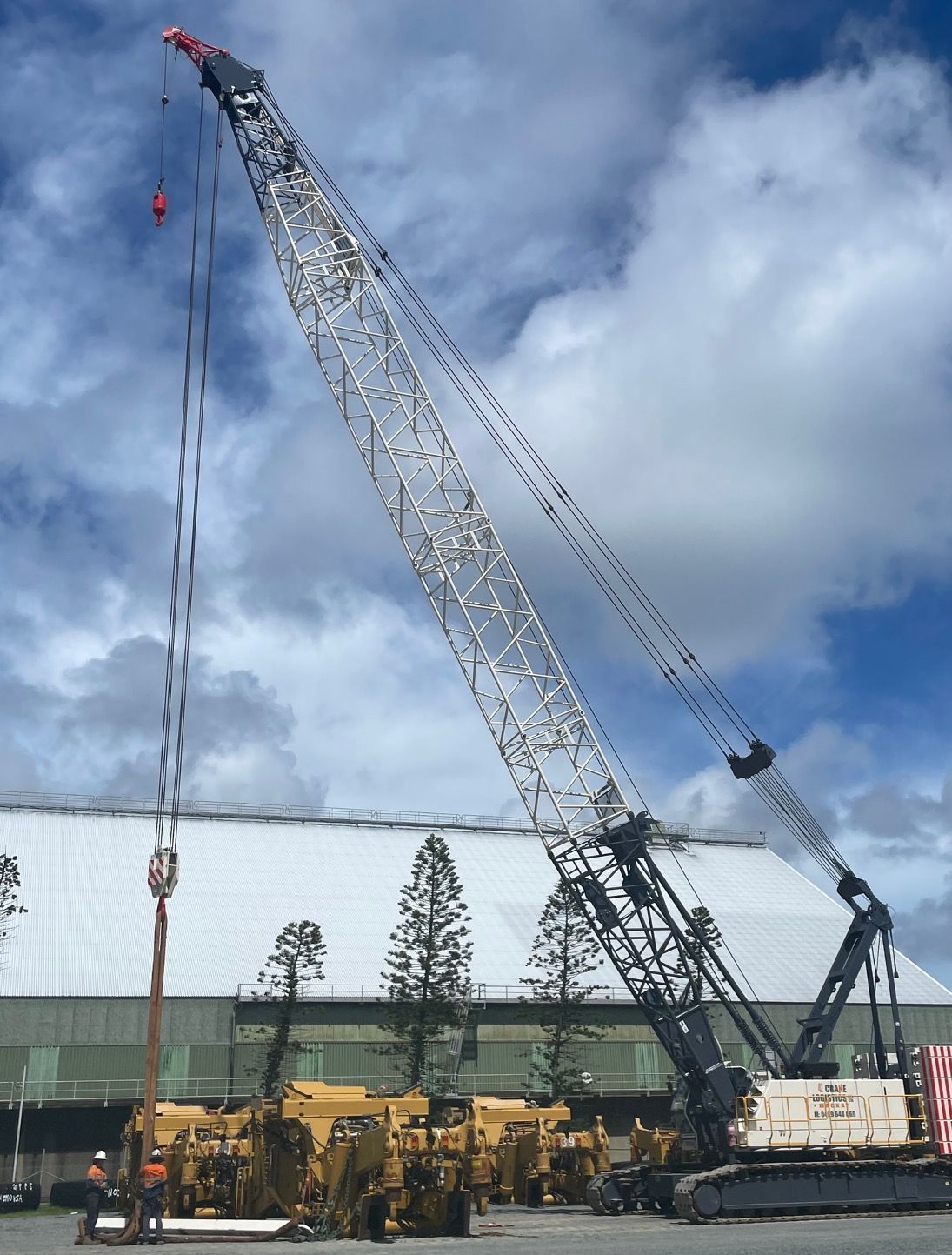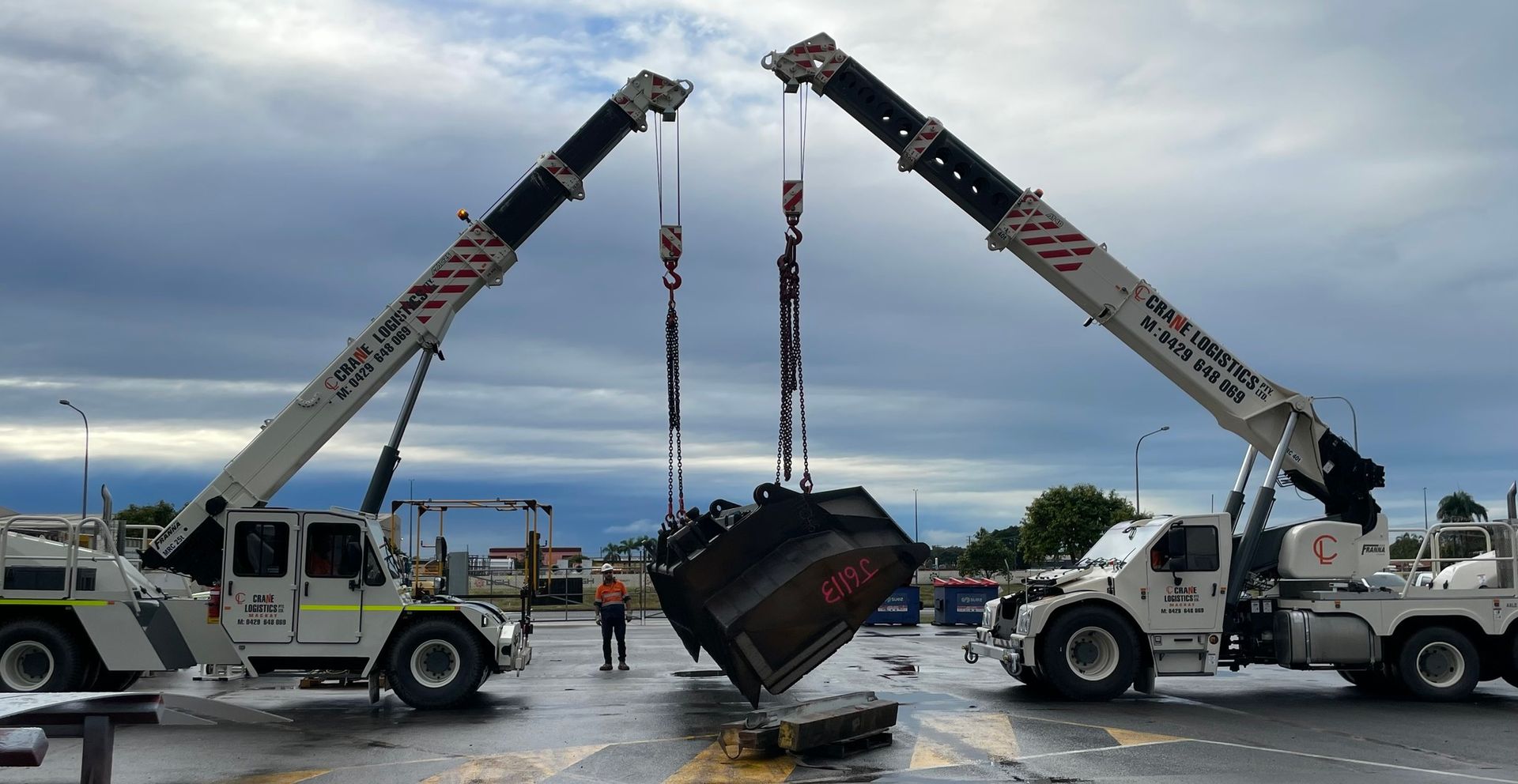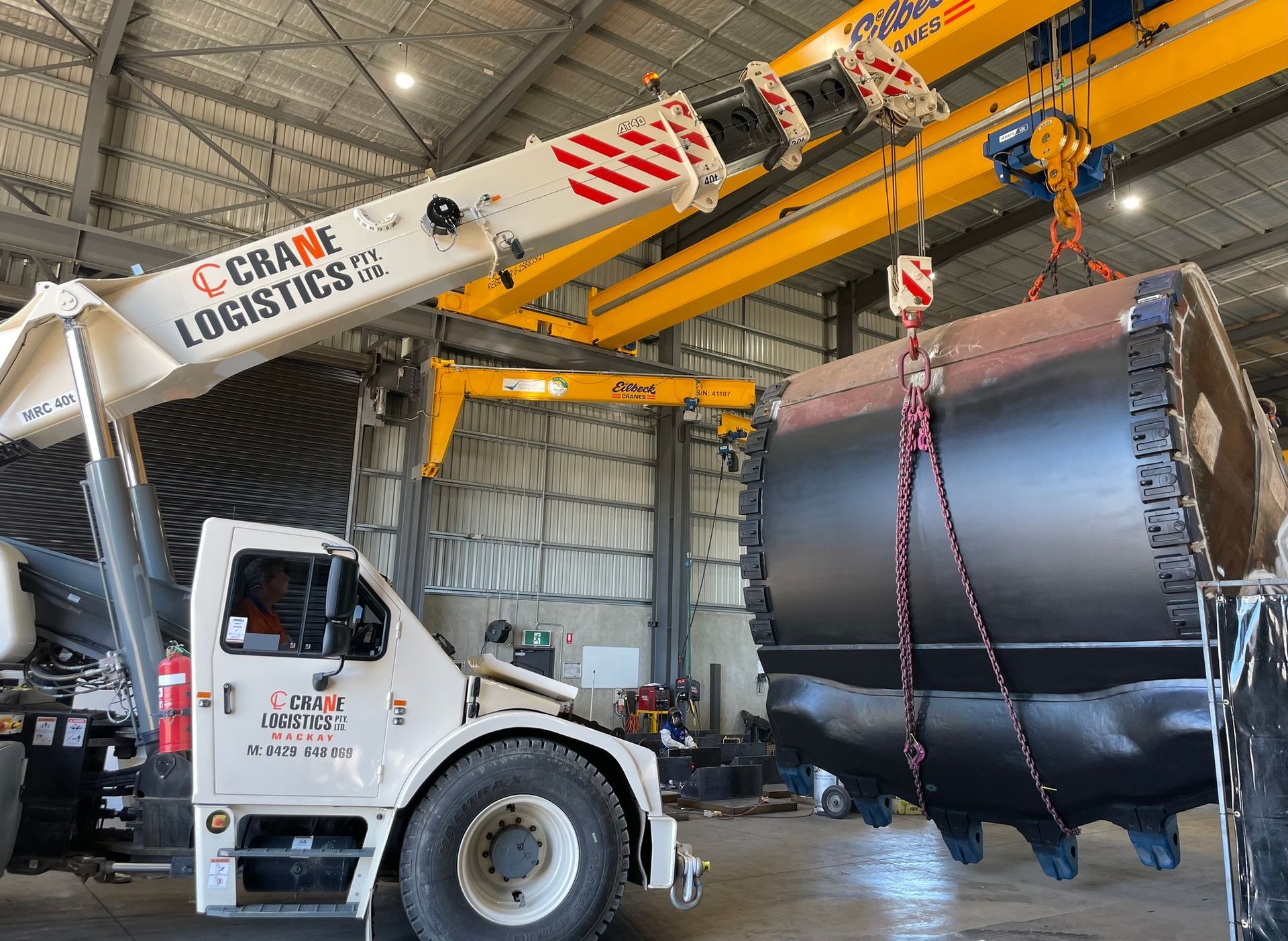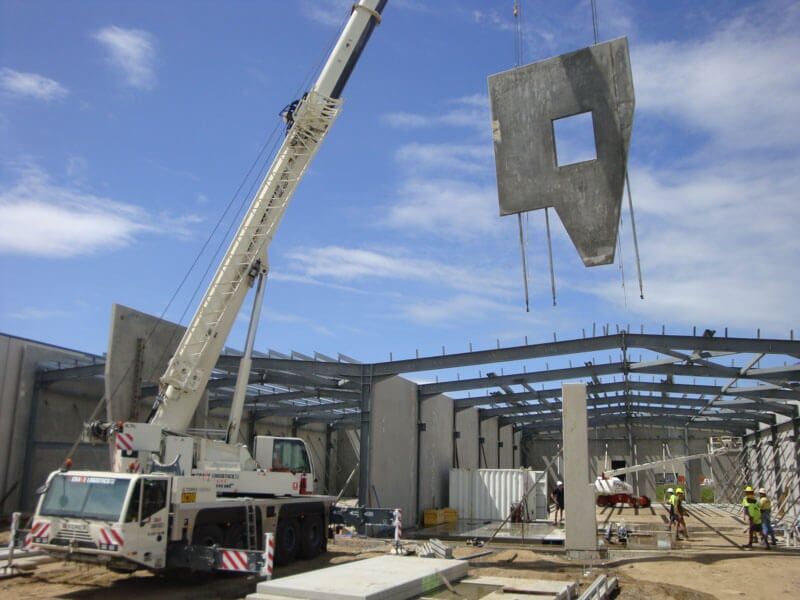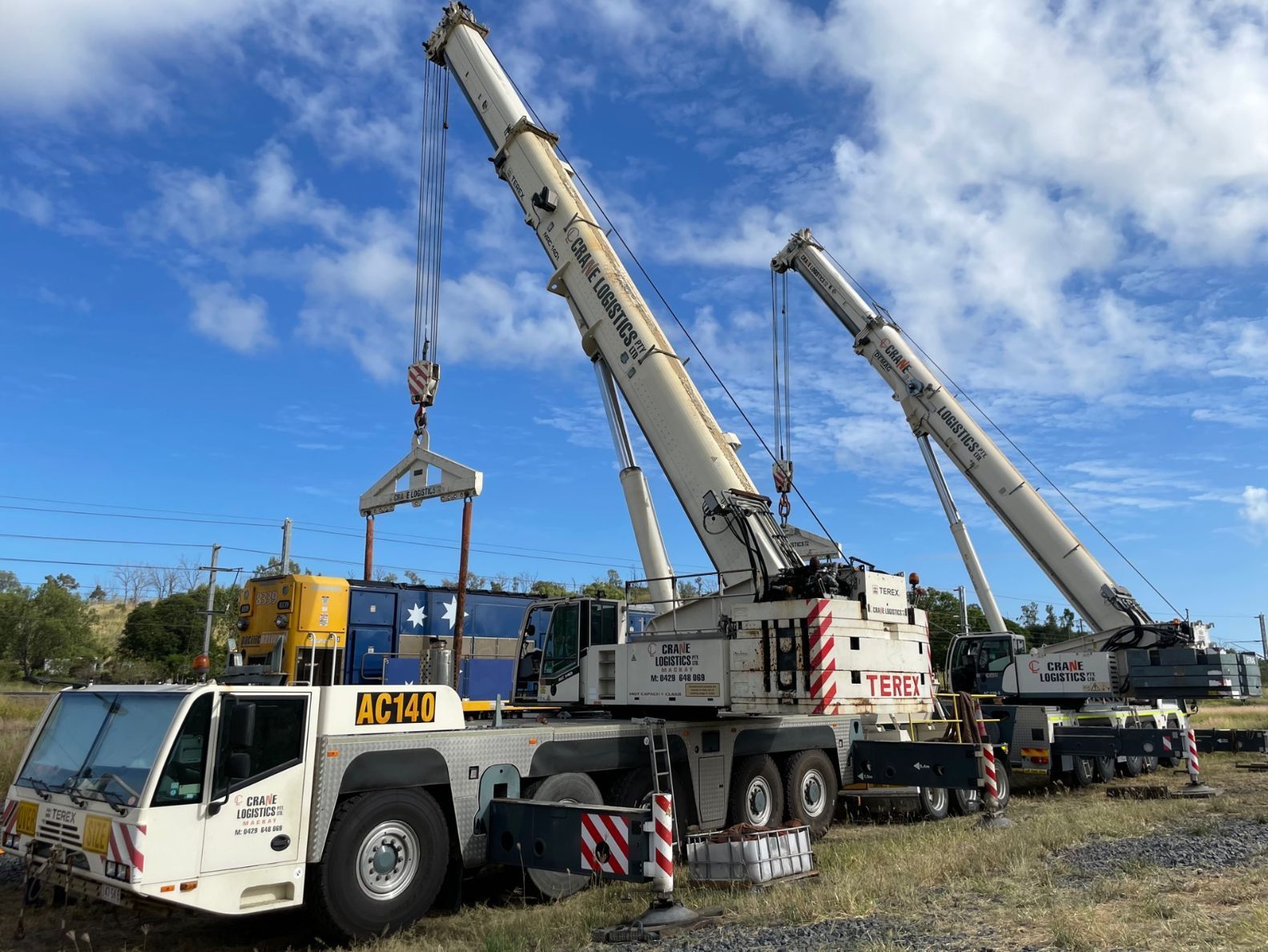Mobile Crane Safety 101
When it comes to the construction and heavy lifting industries, ensuring the safety of mobile cranes is crucial. Every year, we rely on these mechanical giants to lift and move heavy loads, contributing significantly to the success of numerous projects. However, the operation of such equipment involves inherent risks that require strict adherence to safety protocols to prevent accidents and ensure the smooth execution of operations. This article will explore the essentials of mobile crane safety.
Pre-Operation Safety Checks
Selecting the appropriate crane is not just about ensuring the job is done efficiently; it's also critical for safety. Here are some points to consider:
- Assess the Load: Understand the weight, dimensions and nature of the material to be lifted. This will help you choose a crane with the appropriate lifting capacity and boom length.
- Consider the Environment: Analyse the job site conditions. Factors such as ground stability, space constraints and wind conditions play significant roles in selecting the right crane.
- Type of Crane:
Depending on the job's requirements, decide between all-terrain, rough-terrain or truck-mounted cranes.
Pre-Operation Safety Checks
Conducting thorough safety checks before commencing any lifting operation can prevent many potential hazards. Here’s how to approach these checks:
- Mechanical Inspection: Ensure all mechanical components, such as brakes, wires and sheaves, are in top condition.
- Software Updates: Check for updates or faults if the crane uses any software or electronic systems.
- Safety Mechanisms: Verify that all safety devices are functional.
Routine Checks Include:
- Inspecting the crane for any visual signs of wear or damage.
- Checking fluid levels and ensuring there are no leaks.
- Ensuring all controls are responsive and the emergency stop function is operational.
Emergency Handling Procedures
Even with the best planning and safety measures, emergencies can occur. Being prepared with effective response strategies is essential:
- Emergency Plan: Have a clear and practised emergency response plan. This should include immediate steps to secure the crane and load and how to evacuate if necessary.
- Communication: Maintain open lines of communication with all crew members. Use clear, predefined signals or radios to communicate effectively.
- Training:
Regularly train all personnel in emergency procedures to ensure everyone knows their roles and responsibilities.
Partner with Us for Reliable Crane Hire Solutions
At Crane Logistics, we understand the critical nature of mobile crane safety. Our comprehensive services are designed to provide you with the right equipment for your job and the expertise and support to ensure operations are conducted safely and efficiently. Get in touch via our contact page or give us a call to learn more about how we can support your projects safely and effectively.

